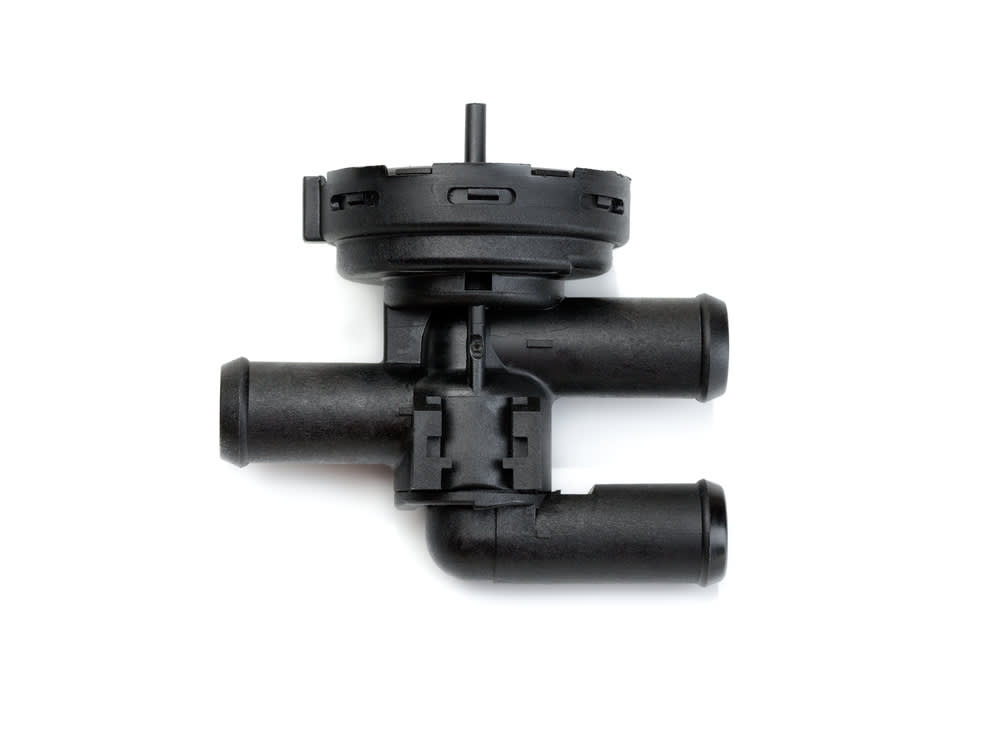

When your heater does not heat, it is a pretty obvious problem. What is not obvious is exactly where the problem lies. Chances are, the problem might be with a little part called a heater control valve. This essential part is one of the many components that is responsible for keeping the interior of the compartment warm and snuggly and it works by controlling the flow of coolant from the engine to the heater core. There are three basic ways that heater control valves operate: manual cable, controlled by the engine vacuum, or by a thermostat type system.
If you are seeing a coolant leak, there’s a possibility that you’re having trouble with your heater control valve. Here are a few things to note when buying a heater control valve:
Replace not repair: Your heater controls valve is one of those parts that cannot be repaired; it can only be replaced.
Aftermarket part is acceptable: Heater control valves are a relatively standardized part – any good-quality aftermarket part should be acceptable.
Check hoses for damage: Check all heater hoses for damage when the heater control valve is replaced.
Flush coolant: When you are replacing the heater control valve because it has been contaminated or corroded, you will also need to flush the coolant in the system to clean it of contaminants as well.
There are several different ways that heater control valves are controlled, yet all of them serve to keep your heating and cooling system operating smoothly.
YourMechanic supplies top-quality heater control valves to our certified mobile technicians. We can also install a heater control valve that you've purchased. Click here to get a quote and more information on heater control valve replacement.



